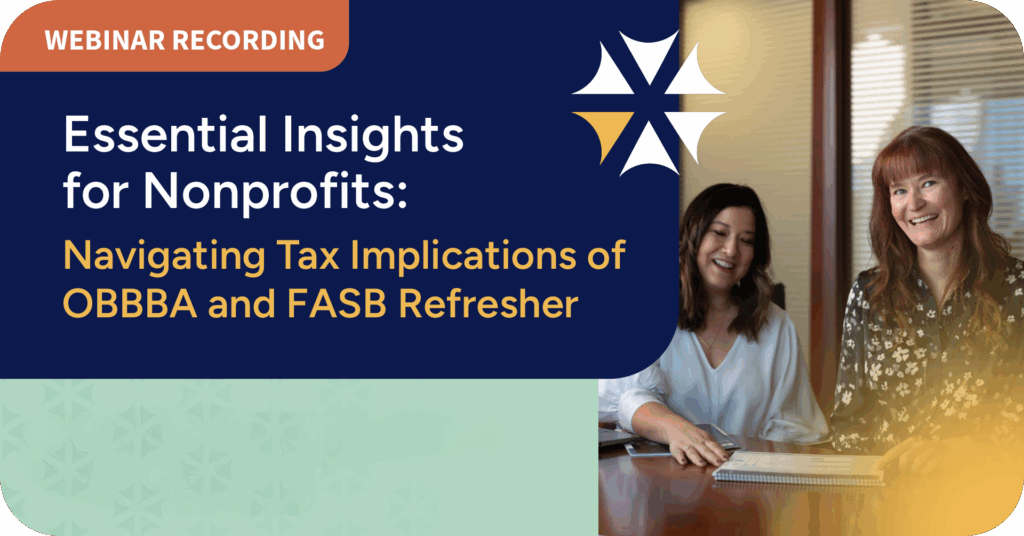The One Big Beautiful Bill Act (OBBBA) has revived the immediate deduction of research and experimental (R&E) costs under Section 174 of the Internal Revenue Code for tax years beginning after 2024. To help taxpayers navigate this significant change, the IRS has released Revenue Procedure 2025-28, outlining how to apply the reinstated provisions in practice.
The Change Back to Immediate Expensing
Beginning with the 2022 tax year, the Tax Cuts and Jobs Act (TCJA) required taxpayers to capitalize all R&E expenses, spreading out the research and development tax deduction over 5 or 15 years for domestic and foreign expenses, respectively. Under Sec. 174, R&E costs generally refer to experimental type expenditures that are spent to develop or improve a product through the discovery of new information and reduced uncertainty. Additionally, software development costs are included in the definition of R&E which caused these rules to impact more taxpayers than many would expect when thinking about research and development activities.
The OBBBA reverses this change, permanently restoring the ability to deduct domestic R&E costs in full for tax years beginning after 2024. Foreign incurred R&E costs are still required to be capitalized and amortized over 15 years. Additionally, the OBBBA allows for the accelerated recovery of a taxpayer’s R&E costs for the 2022-2024 tax years where capitalization was required. The options for implementing this catch-up depend on the size of the business and are discussed in more detail below.
Alternatively, taxpayers are not required to change to immediate expensing of R&E costs and may still elect to capitalize and amortize such expenses in 2025 and forward. The election must be made on a timely filed return and for 2025, continuing to capitalize these expenses will be treated as having made the election.
Accelerated recovery for all taxpayers
Taxpayers with unamortized R&E costs under the TCJA will be able to recover those amounts beginning with their 2025 tax return. The remaining unamortized cost basis as of the end of their 2024 tax year can either be deducted fully on their 2025 tax return or split 50/50 between their 2025 and 2026 tax returns. Analysis regarding which method to elect should consider cash tax impacts along with net operating loss utilization/generation.
Accelerated recovery for small businesses
Taxpayers that are considered small businesses (average annual gross receipts of $31 million or less for the 2022-2024 tax years) have an alternative option to elect to apply the reinstated R&E immediate expensing retroactively back to 2022.
Within this election to retroactively expense R&E costs, there are two options for taxpayers to pick up the unamortized costs:
- Deduct 2024 R&E costs on their 2024 tax return and file amended returns to adjust the treatment of R&E costs on their 2022 & 2023 tax returns
- Utilize a 481(a) adjustment through a streamlined automatic method change and deduct the unamortized 2022 & 2023 costs on their 2024 tax return along with the 2024 costs
- If the taxpayer’s 2024 tax return was already filed, they may have the option to file a superseding return if the extended due date of their return has not already passed. If the extended due date has passed, an amended return will be needed to apply the new guidance.
Elections must be made by the earlier of July 6, 2026, or the standard statute of limitations deadline for refund claims.
Coordinating with the research credit
The OBBBA reverts back to the pre-2022 tax law allowing the taxpayer to take a reduced research credit to avoid double-dipping on their R&E expenses. Additional flexibility is provided for small businesses to make or correct elections previously made.
Moving forward
While the IRS has streamlined the process by granting automatic consent for certain accounting method changes related to R&E, it also introduces new decision points for taxpayers.
Maximizing the research and development tax deduction under OBBBA requires understanding the interplay between deductions, credits, and timing considerations. Contact us today for more details and assistance with planning.





